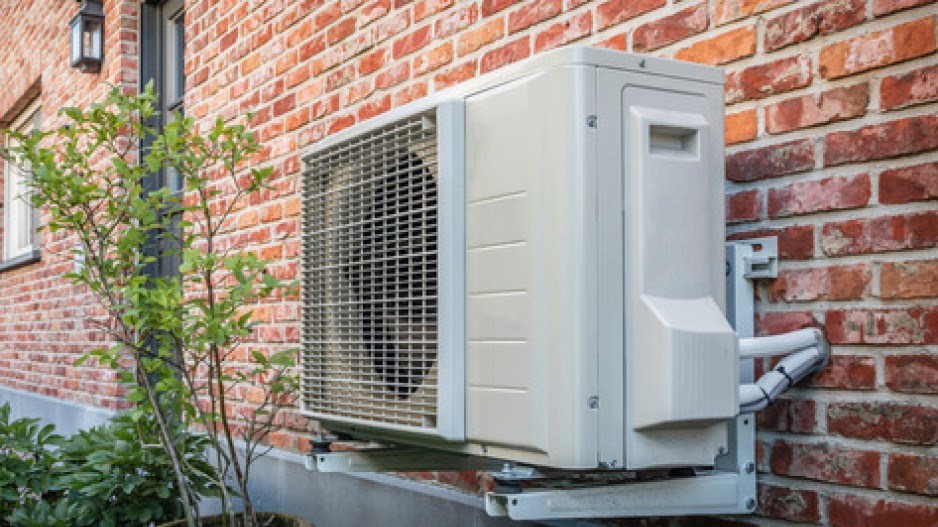The C.D. Howe Institute is dashing cold water on the federal government’s emissions reduction goals for buildings with a new economic analysis that quantifies just how difficult and costly meeting those targets would be.
In Canada, where many homes and buildings are heated with natural gas, buildings are the third largest emitter of greenhouse gases, behind oil and gas production and transportation.
The federal government’s climate action goals set ambitious targets for reductions in all sectors, including buildings, which account for about 13% of Canada’s GHGs. Residential homes alone account for 6%.
The federal government’s 2030 Emissions Reduction Plan (ERP) sets a reduction target of 42% from 2019 levels by 2030. That would require emissions from homes to fall from 44 million tonnes of CO2 equivalent (MT CO2e) in 2019 to 25 MT by 2030.
It’s generally accepted that one of the most effective way of decarbonizing homes that are currently heated with natural gas would be by retrofitting them with electric heat pumps.
One benefit of heat pumps is that they are highly energy efficient and can dramatically lower energy bills for homeowners, once up-front cost of installations are paid for, and a number of governments and utilities currently offer rebates.
The International Energy Agency (IEA) has also suggested it is one climate action investment that would get the most bang for the buck in terms of positive economic impacts.
“The largest amount of new jobs would be in retrofitting buildings and other measures to improve their energy efficiency,” the IEA stated in a special report in 2020.
That report estimated nine to 30 jobs are created for every $1 million invested in home retrofits.
But in its economic analysis, Only Hot Air? The Implications of Replacing Gas and Oil in Canadian Homes, C.D. Howe suggests that retrofitting all Canadian homes would be a monumental task that would cost $143 billion to $203 billion.
“Our modelling finds that Canada would need to retrofit over 400,000 dwellings per year to fully electrify all dwellings by 2050 and meeting 2030 targets requires even more aggressive action: over half a million retrofits would be required per year,” Charles DeLand, C.D. Howe’s associate director of research, says in a press release.
To put that in perspective, the report notes that the number of retrofits that would be needed each year is more than the entire housing stock of Saskatchewan.
“Even in an extreme scenario where no new emitting buildings came on the market after 2022, emissions only fall by about 26 percent to 2030, still not enough to meet government targets.”
As for costs, senior governments would need to subsidize retrofits to the tune of $4.5 billion to $6.3 billion annually to meet 2050 targets, which is “roughly equivalent to two or three modern hospitals” annually.
“On a cumulative basis from 2018 to 2050, this represents a total of $143 billion to $203 billion,” the reports authors say.
The report also notes that the emissions reductions achieved through heat pumps would vary from province to province, depending on how clean that province’s grid is.
Fewer emissions would be achieved if the electricity were to come from fossil fuels like coal or natural gas, unless those emissions are abated though carbon capture and sequestration, as in Saskatchewan, for example, which has a coal-fired power plant that captures and stores its CO2.
“Numbers like these show that other emissions-reducing measures will have to bear more of the burden,” DeLand said. “These include energy efficiency improvements to homes, building code revisions, and combining heat pumps with traditional natural gas furnaces.”




